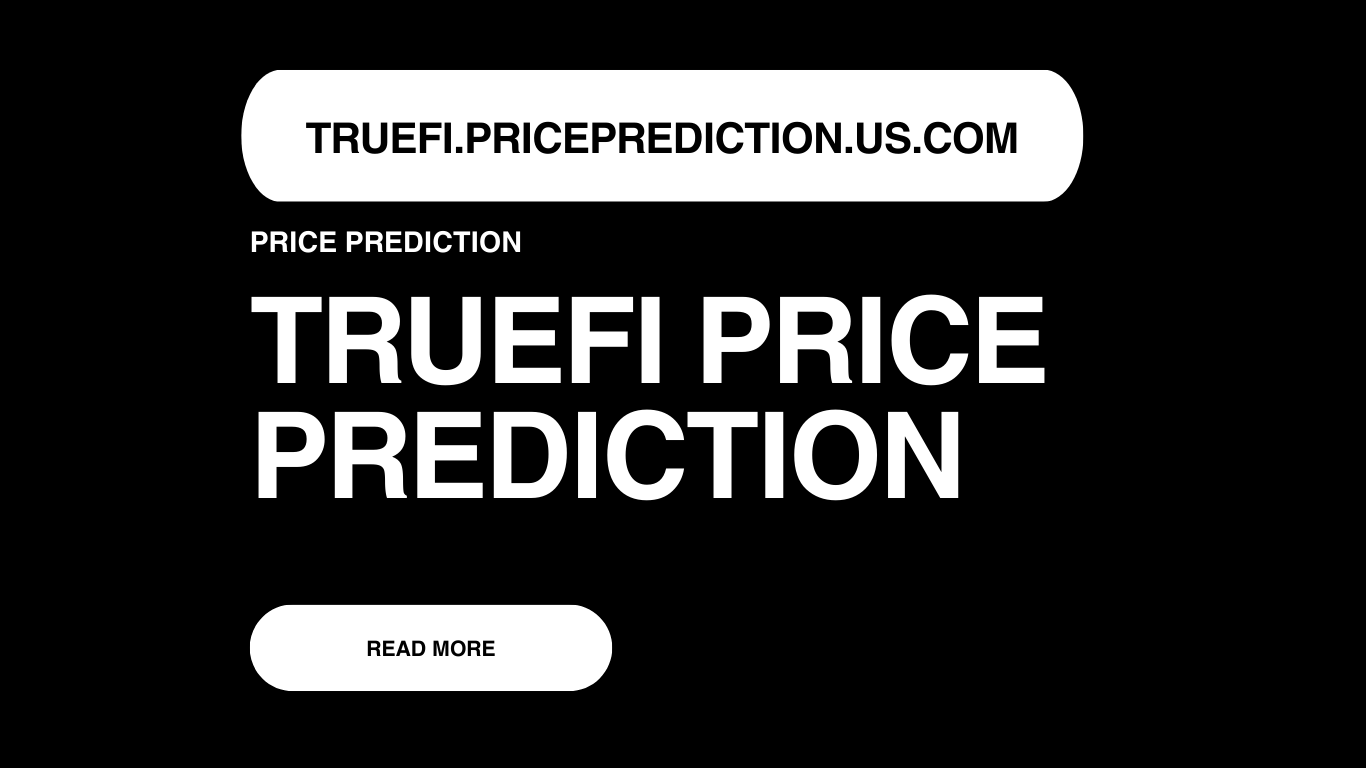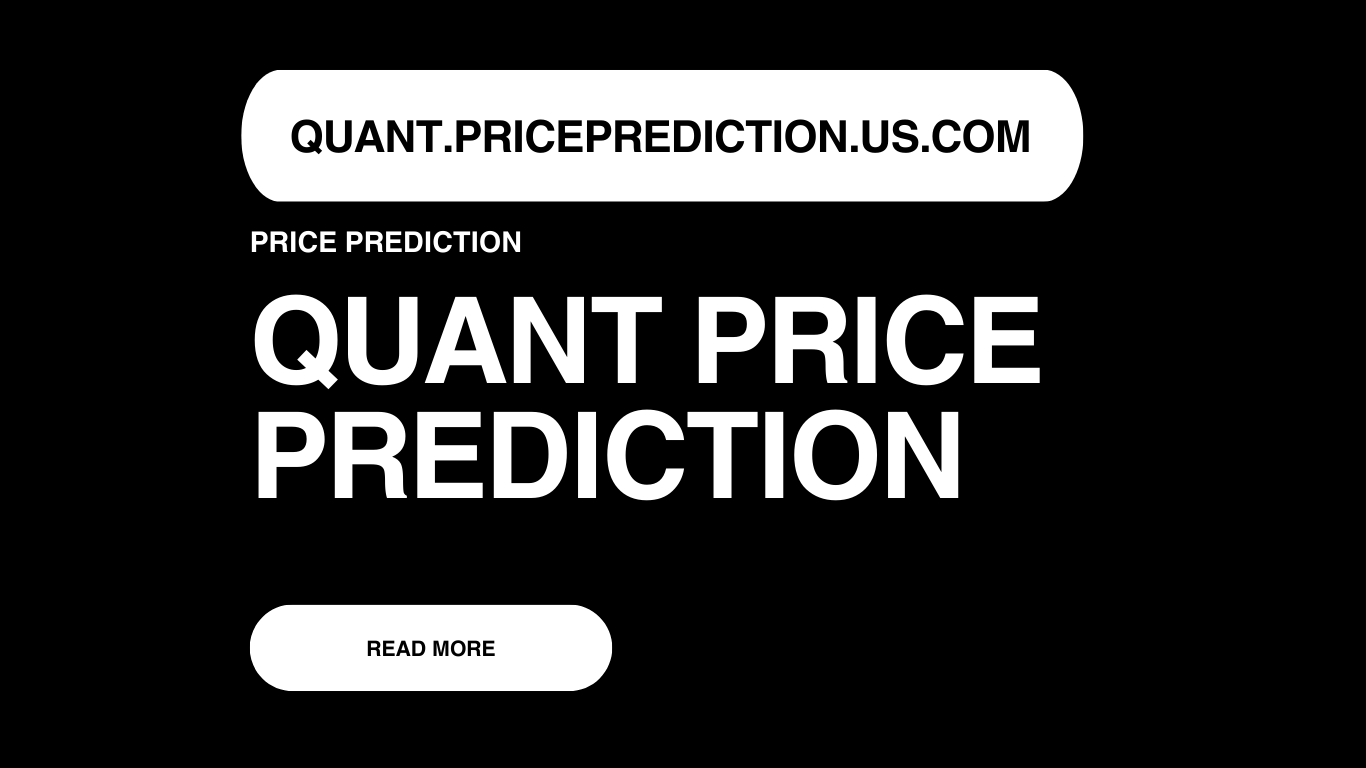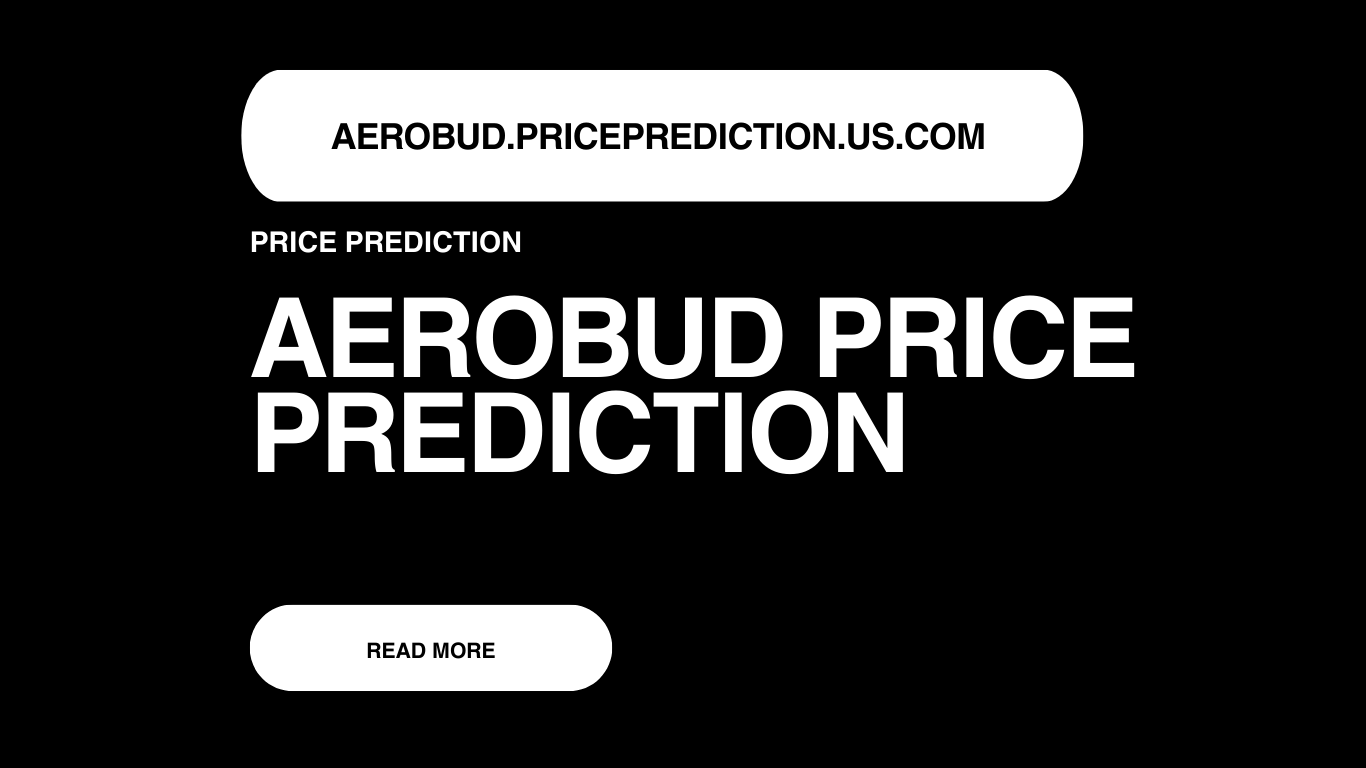Current TrueFi (TRU) Price
TRU remains a notable player in the DeFi lending space, helping bridge traditional finance and blockchain-based lending.
Explore (TRU) TrueFi price predictions for 2025, 2030, 2040, and beyond. Discover technical analysis, future trends, and potential investment insights for TRU.

TrueFi (TRU) is a decentralized finance (DeFi) protocol that focuses on uncollateralized lending. By combining traditional credit evaluation with the transparency and security of blockchain, TrueFi allows users to earn returns by lending capital without requiring borrowers to post collateral.
In this article, we provide a detailed look at TrueFi (TRU) price predictions for 2025, 2030, 2040, and beyond, backed by technical analysis, market trends, and future potential.
TRU remains a notable player in the DeFi lending space, helping bridge traditional finance and blockchain-based lending.
Technical indicators like RSI, MACD, support-resistance levels, and trend patterns reveal that TRU has strong potential for long-term growth if key support levels are maintained.
By 2025, with the DeFi market expanding, TRU could trade between $0.15 and $0.30, with an optimistic target reaching around $0.40.
In 2026, as DeFi lending platforms become more mainstream, TRU might range between $0.25 and $0.50, with bullish cases approaching $0.60.
By 2027, further protocol adoption and partnership growth could push TRU’s value between $0.40 and $0.70.
In 2028, wider usage of uncollateralized lending could drive TRU prices between $0.60 and $0.80.
By 2029, greater DeFi maturity and regulatory clarity could lift TRU to trade between $0.80 and $1.20, with a bullish projection up to $1.50.
By 2030, TrueFi could become a leader in decentralized lending, pushing TRU’s price between $1.00 and $1.50, with peak estimates near $1.80.
Assuming continuous DeFi evolution and adoption, TRU could range between $1.50 and $2.00, with highs of around $2.50.
By 2040, if TrueFi secures a dominant role in global lending markets, TRU might trade between $2.00 and $3.00, potentially reaching $4.00 under extremely bullish scenarios.
TrueFi is a pioneering decentralized lending platform that enables uncollateralized loans, setting it apart from other DeFi projects that require over-collateralization. TRU token holders govern the platform, participate in loan approvals, and receive incentives for their contributions.
What is TrueFi (TRU)?
TrueFi is a decentralized protocol for uncollateralized lending, governed by TRU token holders.
What is TRU used for?
TRU is used for governance, staking, and incentivizing honest participation in the lending process.
Can TRU reach $5?
According to some bullish projections, TRU could potentially reach $5 by 2040 if it achieves mass DeFi lending adoption.
Is TRU a good investment?
Given the unique niche TrueFi addresses in the DeFi space, TRU presents a promising investment opportunity for long-term holders.
How many TRU tokens are there?
The maximum supply of TRU tokens is 1.30 billion.
Bullish Patterns:
Bearish Patterns:
Chart analysis plays a critical role in predicting TRU price movements.
Key upcoming developments:
Provide clear contact information, including phone number, email, and address.

Discover KULR stock price prediction from 2025 to 2040. Explore forecasts, technical analysis, roadmap, and future trends driving growth in battery safety and thermal management.

Explore the detailed QNT Quant price prediction from 2025 to 2040. Understand future prospects, technical analysis, and potential growth for the QNT token.

Get the latest Aerobud price prediction for 2025, 2030, and 2040. Learn about the project’s technical analysis, market outlook, future trends, and token utility in the cannabis crypto space.